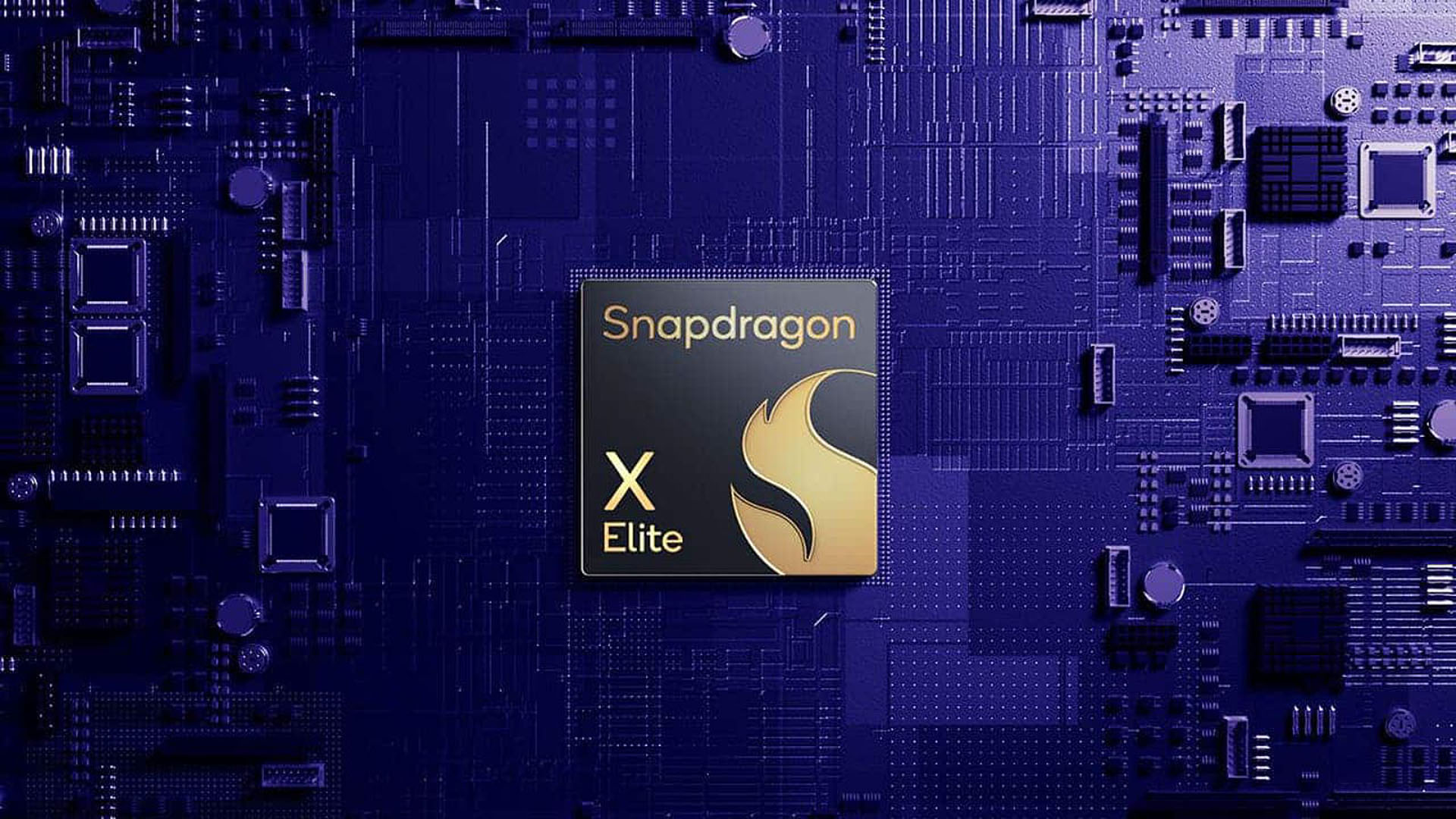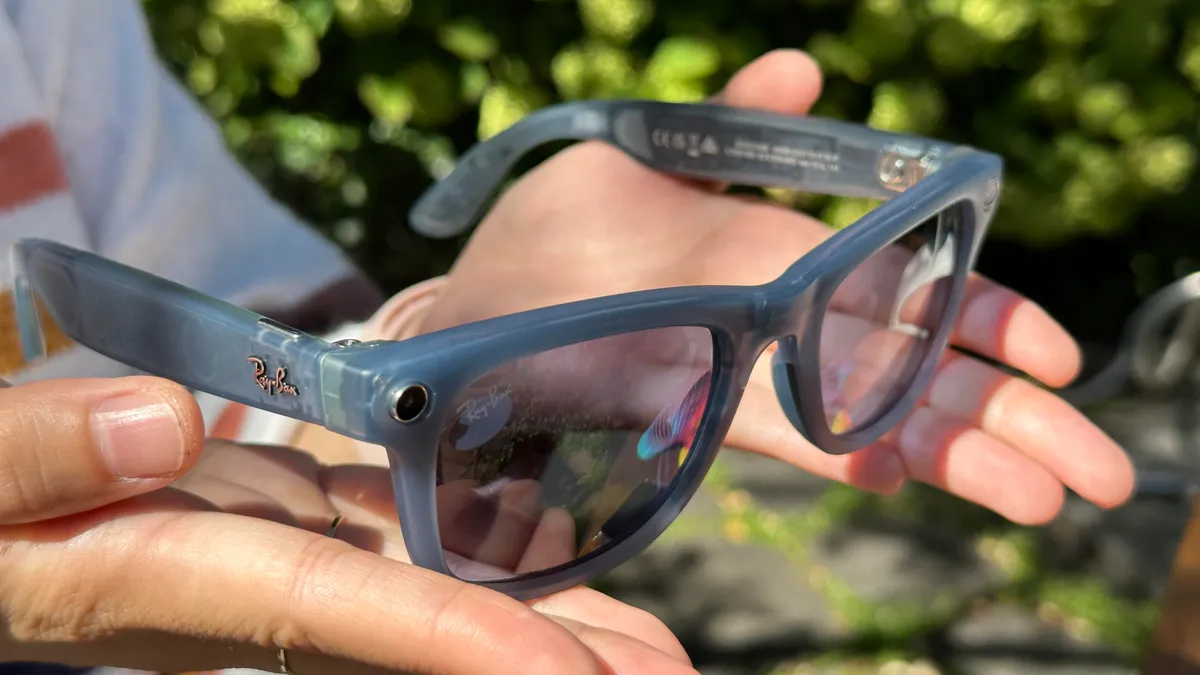Commentary: The Pixel Fold is a beautiful device that’s held back by slow software updates, especially when compared with offerings from Samsung and OnePlus.
My Google Pixel Fold won’t lie completely flat when unfolded — like a puzzle with an ill-fitting piece. And I can’t un-notice that.
Earlier this year, YouTuber Michael Fisher said a Google engineer acknowledged the Fold’s limited flexibility. Paraphrasing the unnamed engineer, Fisher said Google “used a high-friction hinge for rigid positioning” but that the tradeoff was that the Fold can’t open flat unless extra force is applied. Fisher demonstrated this during his hands-on demo.
On Friday, Google told me the Pixel Fold can open to a full 180 degrees and encouraged me to give it an extra articulation. Unfortunately, the unit I purchased never could open fully level. And since I opted not to buy the extended warranty, forcefully pushing against the hinge on a $1,800 phone evokes nothing but pure discomfort. Maybe mine’s a lemon. My CNET colleague Patrick Holland’s Fold can open flat, but he describes using a two-step move to get it to do that.
The Pixel Fold is Google’s first foray into foldable smartphones. Unlike typical slab-style devices, foldables let you turn a normal-looking phone into a mini tablet. The ability to transform the phone allows for more-varied uses. And added screen real estate means reading books and watching movies requires less squinting. But this ability also comes with increased heft, fragility and price, along with other compromises. While Google’s freshman attempt is a valiant effort, there are too many quirks to give it a recommendation over well-refined competitors like the Samsung Galaxy Z Fold 5.
Now, I must preface: This is a long-term review of my personal Pixel Fold and is separate from CNET’s official review. The device I’ve been using wasn’t sent to me for review by Google. Though some people might claim that I could present bias in this examination as a means of justifying my purchase, rest assured, my ego isn’t that fragile.
What the Pixel Fold gets right
The Pixel Fold is a gorgeous foldable, and the best looking one on the market. The stainless steel rails that border the device, along with the porcelain finish on the back, give it a dignified look.
The passport-style layout also makes the device feel more feature-purposed for important tasks, like checking stocks or viewing spreadsheets.
The general thinness, especially in comparison to my old Samsung Galaxy Z Fold 3, makes day-to-day use more manageable. Battery life is good enough, sometimes requiring a midday top-off with heavy use, and the weight isn’t too bad, either.
Also, the “thock” sound the Pixel Fold makes when both halves come together is satisfying, like when someone shuts the door of a nice Mercedes.
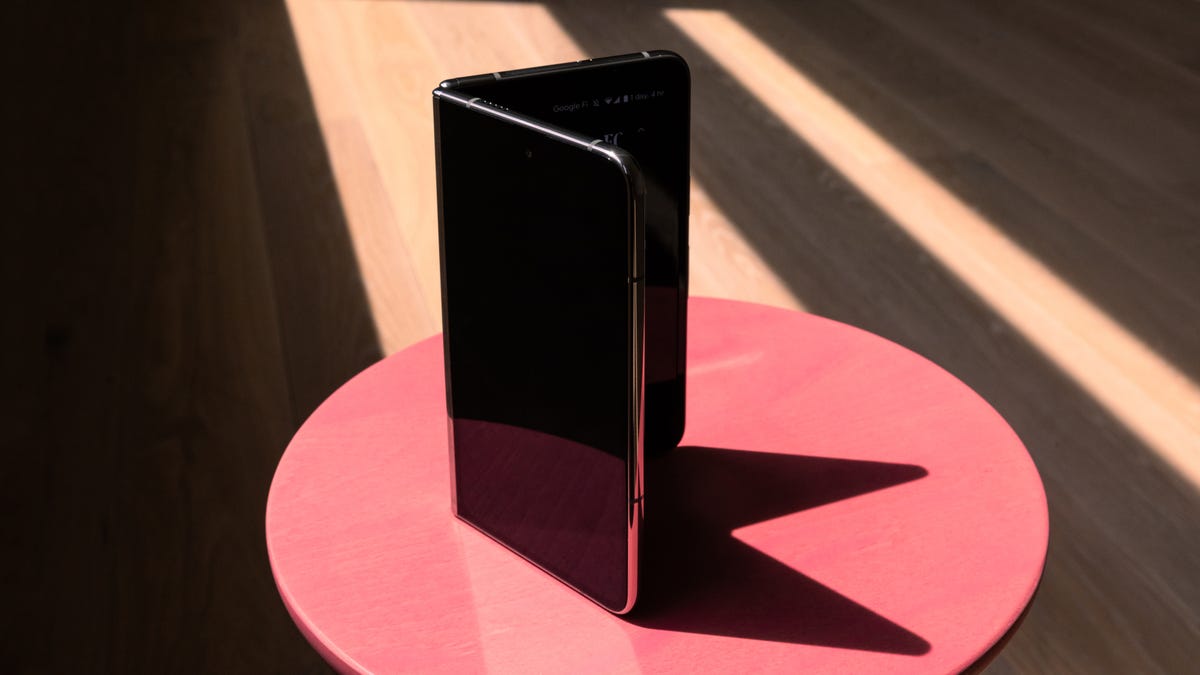
So many quirks
As much as I laud the outer design of the Pixel Fold, it’s a different story once the phone is open. The chunky bezels and large crease that runs down the middle of the screen are conspicuous reminders that the Fold is a first-gen device. Its inner-screen protector sits within the border of the bezel, meaning I can feel it run under my finger when I’m swiping. Over time, dust collects along the periphery, making it look grimy after extended use.
On the software side, there’s a concerning lack of compatibility with tablet-oriented apps. Four months after launch, some apps don’t have full-screen support. For example, Reddit will load as if it were on a normal smartphone, with large gaps of blank space running along the sides. Other apps, like Threads or Mercari, just feel like they’ve been stretched out. Few apps feel like true tablet experiences.
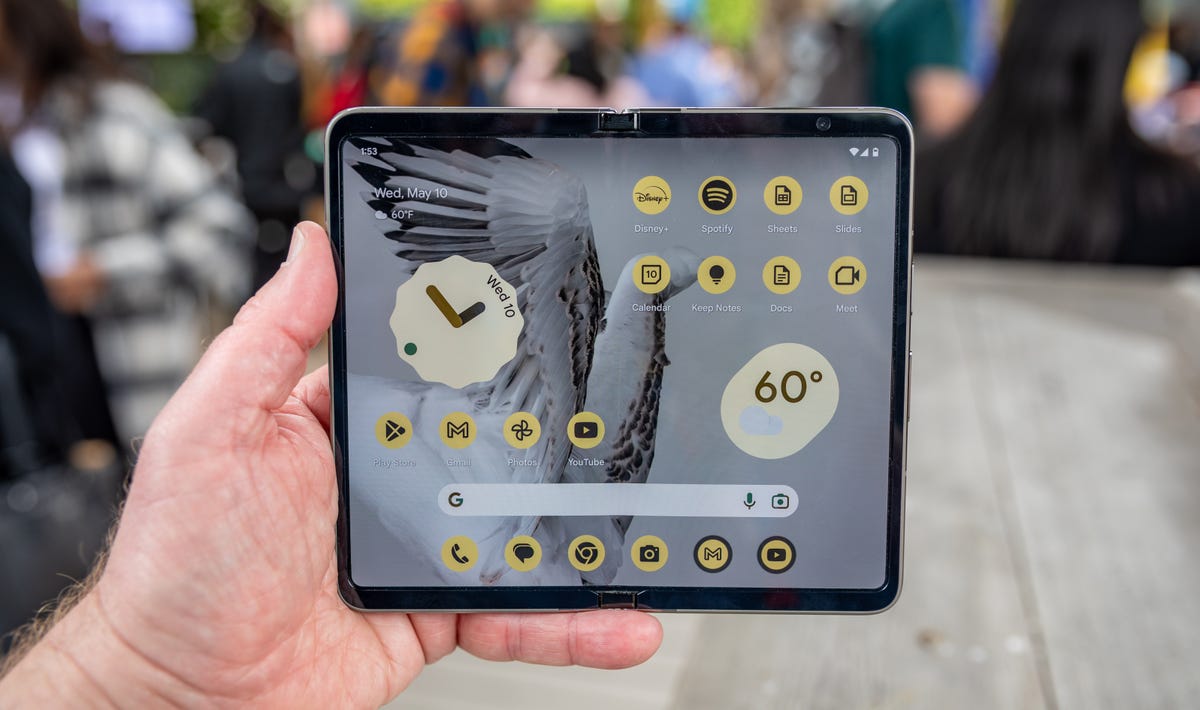
Samsung, at least, embeds software features that force apps to run at the screen’s full aspect ratio. To be fair, Google will probably bring a forced aspect ratio adjustability feature in the future, as it’s currently available in the Android 14 QPR1 beta update.
Multimedia is where any foldable should shine compared with a regular smartphone. The experience with the YouTube and Netflix apps, for example, is great, especially in tabletop mode, where you rotate the phone so it’s horizontal, open it to a 90 degree angle and sit it on a table, so one half serves as a base. In the Netflix and YouTube apps, the top half of the display is filled with video. But when I switch over to Max, the video sits right in the center of the bend, forcing me to abandon tabletop mode and find a book to prop up the Fold, because now I have to view content with the phone fully open.
And because my Pixel Fold can’t open completely flat, images look distorted around the center crease when I’m scrolling through Reddit or Instagram while viewing the phone at a slight angle.
Running multiple apps side-by-side continues to be a major advantage for foldables. There are limitations with the Pixel Fold, however. The maximum number of apps that can be put on screen is two. Though that’s enough in most instances, Samsung allows for three in multiple orientations. When the Pixel Fold is in portrait mode, two apps can appear only on top of each other and not side by side.
Other software peculiarities include the keyboard not automatically disappearing on login screens after you’ve filled in a text field and auto rotate not always working.
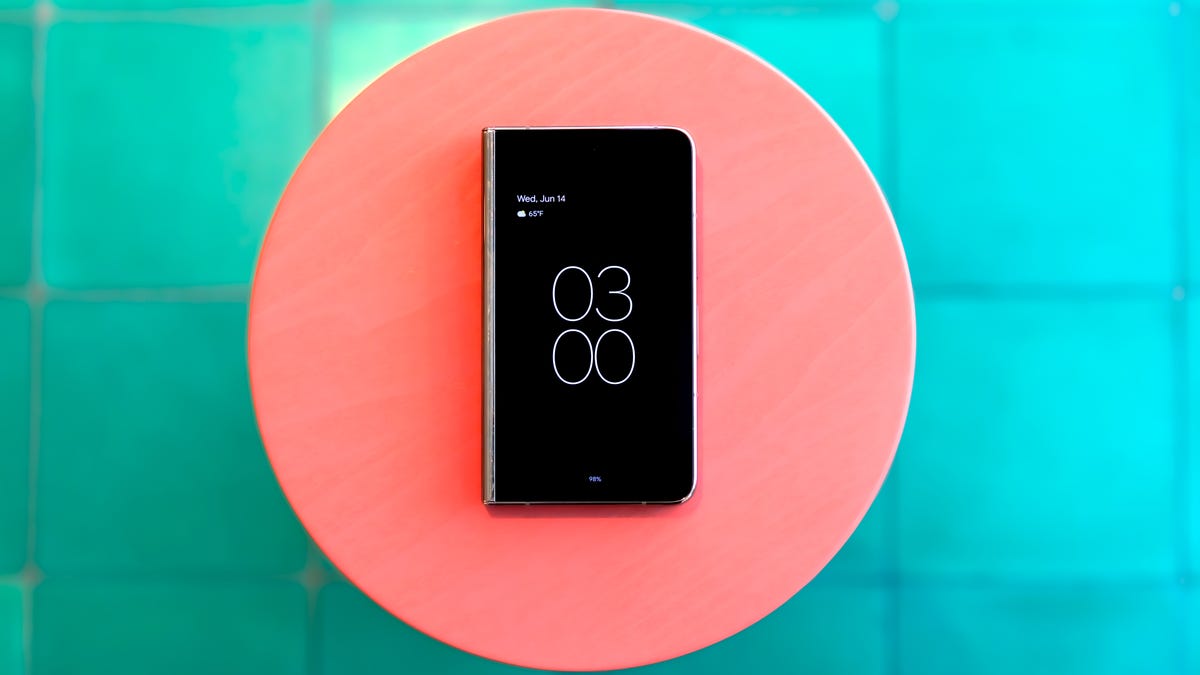
Underneath the bendy screen
Beneath the Pixel Fold’s flexible display is a Google Tensor G2 chip, the same processor powering last year’s Pixel 7. Back in 2022, it was already underpowered when compared with the Snapdragon 8 Plus Gen 1. In 2023, it shouldn’t be anywhere near a $1,800 device.
Sure, the Tensor G2 is just fine when it comes to managing user tasks like reading documents and web browsing. And the chip is great with AI-accelerated photo processing features like Magic Eraser. But when I’m playing games, the Pixel Fold struggles to keep up. And I’m not talking about Honkai Star Rail, a game with console-quality graphics. I’m talking about Yu-Gi-Oh! Master Duel, a children’s card game with limited animations. I acknowledge that pushing all the pixels on a 1,840×2,208-pixel screen isn’t an easy feat. But even menu animations stutter, and response times suffer from a noticeable delay, forcing a switch to a lower quality mode.
Read more: Luxury Phone Camera Clash: Google Pixel Fold vs. Samsung Galaxy Z Fold 4
As for the camera, I can certainly say it’s adequate. It doesn’t compare to that of the Pixel 7 Pro I was using earlier this year, which constantly surprised me with its ability to capture clear shots with vibrant detail. Foldables like Samsung’s Galaxy Z Fold typically include lower quality cameras to reduce thickness and cost, and the Pixel Fold is no different. Here are some photos I took with the Pixel Fold:

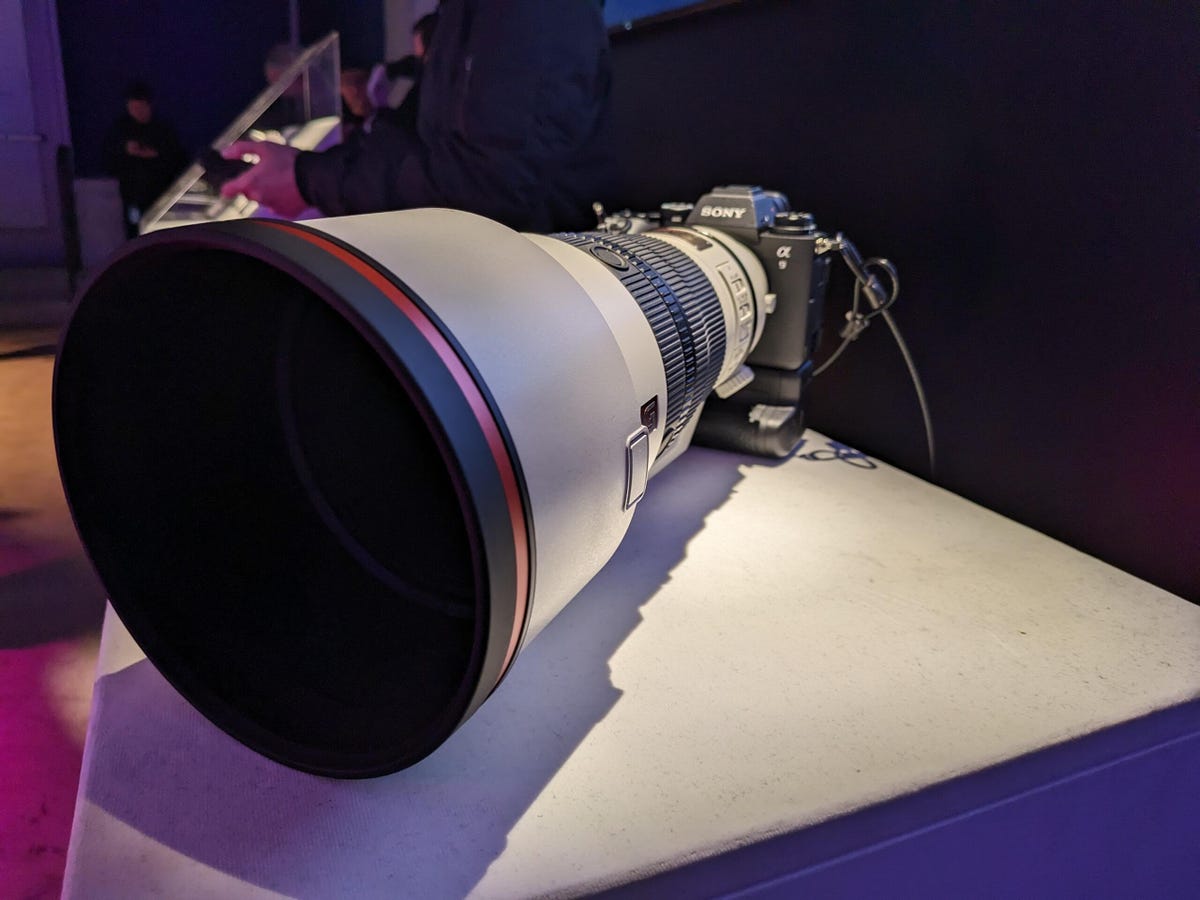

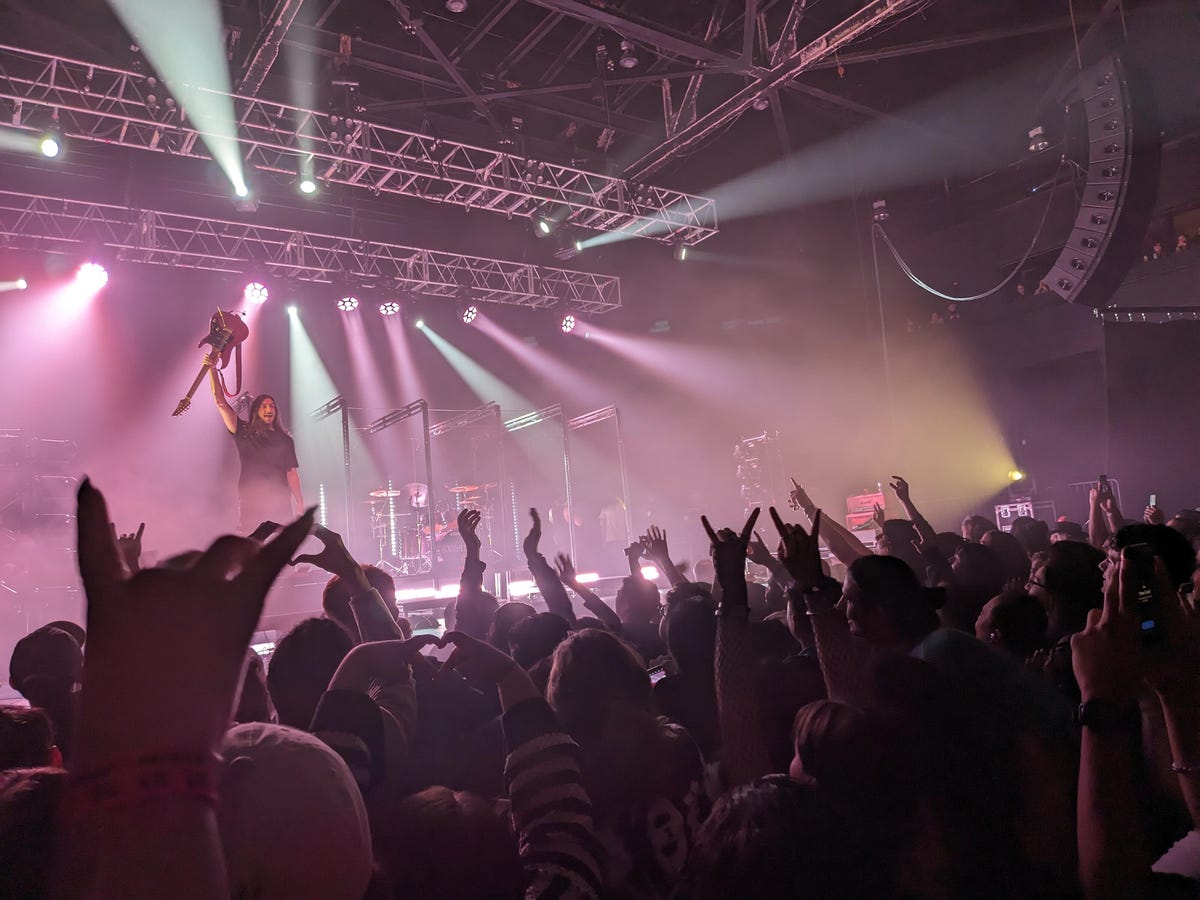
Wait for the Pixel Fold 2 or buy something else
Whenever someone asks me which foldable they should purchase, I tend to bounce between the OnePlus Open and the Samsung Galaxy Z Fold 5. Both are well-refined devices with good hardware and better software optimization. The Pixel Fold, by comparison, still feels like it’s in beta.
For hard-core Pixel fans, it’s best to wait to see what Google has in store for the Pixel Fold 2. Here’s hoping Google addresses many of the design and software quirks. Unfortunately, the Fold 2 will likely be running a Tensor G3 chip, which still doesn’t match the performance of last year’s Snapdragon flagship. That’s how behind Google is in raw horsepower.

